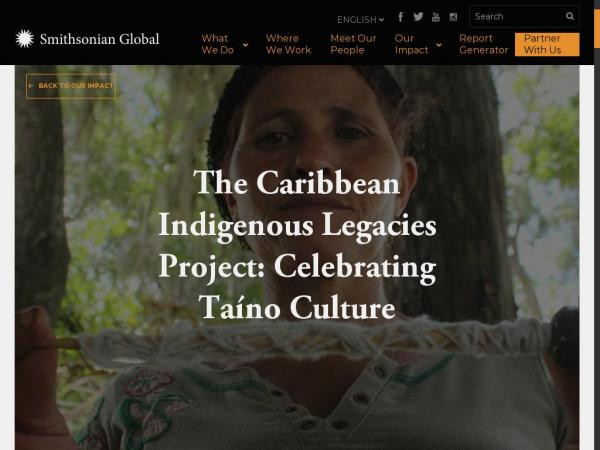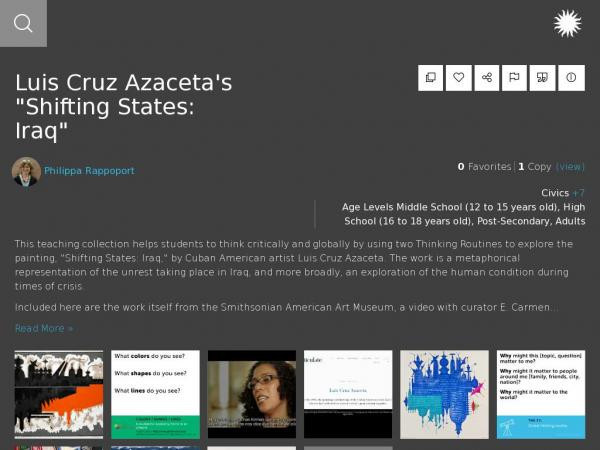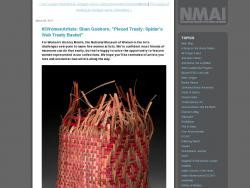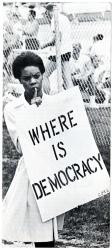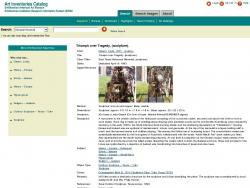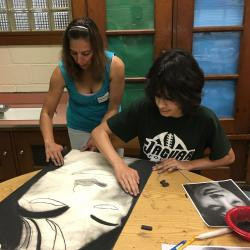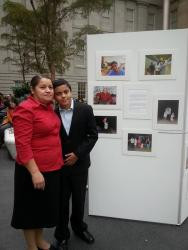Philippa Rappoport
I work in education and engagement, teacher professional development, and outreach at the Smithsonian Office of Educational Technology (OET), and have a particular interest in developing and producing trainings, programs, teaching techniques, and platforms that foster deep learning and contribute knowledge to improve practices in museum and preK-16 education and engagement. At OET over the last decade+, I created digital assets for schools, families, and new immigrant English Language learners to complement teacher professional development and pan-Smithsonian programming, including Learning Lab teaching collections, YouTube videos with tradition bearers, a handmade family stories book-making website, and online heritage tours.
Philippa Rappoport's collections
Learning Lab Teaching Collection for Frost Art Museum Workshop using Luis Cruz Azaceta's "Shifting States: Iraq"
 Philippa Rappoport
Philippa Rappoport
Close Looking at Edward Reep's "Italian Shrine," and the Nazi Occupation of Bologna, Italy, during WWII
 Philippa Rappoport
Philippa Rappoport
The William Steinway Diary, 1861-1896: A Unique Perspective on post-Civil War New York
 Philippa Rappoport
Philippa Rappoport
Zozobra in Santa Fe: A Contemporary Reckoning of a Local Tradition
 Philippa Rappoport
Philippa Rappoport
Using Global Thinking Strategies with Latino Content
 Philippa Rappoport
Philippa Rappoport
From One Artist to Another: "Rudolfo Anaya" by Gaspar Enríquez
 Philippa Rappoport
Philippa Rappoport
The Native American Struggle for Treaty Rights and Tribal Sovereignty
 Philippa Rappoport
Philippa Rappoport
Using Technology to Explore Our Nation’s Difficult Past
 Philippa Rappoport
Philippa Rappoport
The Social Power of Music
 Philippa Rappoport
Philippa Rappoport
"We the People": Flash Card Activity and Template
 Philippa Rappoport
Philippa Rappoport
Irish Music
 Philippa Rappoport
Philippa Rappoport
Student Activity: Looking at the Holocaust through Art
 Philippa Rappoport
Philippa Rappoport

